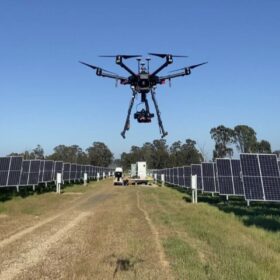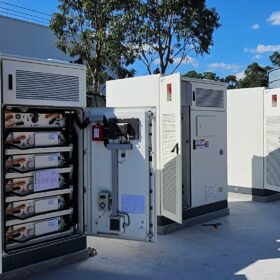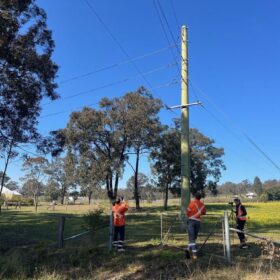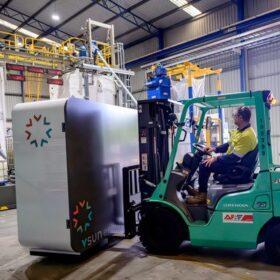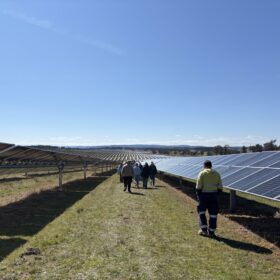Lab360 lands funding to help get drone-based solar inspection tech off the ground
Australian photoluminescence imaging specialist Lab360 Solar will look to make the leap from lab to market with its drone-based PV inspection technology after landing $3.96 million in federal government funding.
S&P Global unveils Tier 1 module, inverter, battery supplier list
S&P Global’s first 2025 Tier 1 Cleantech Companies list ranks 63 solar, wind, inverter, and battery suppliers by technology, financial health, and sustainability to guide investors and developers.
Survey shows battery boom extends to C&I sector
Early results from a survey of Australia’s commercial and industrial solar industry reveal surging demand for battery energy storage systems and increasing service expectations.
NSW gives go ahead for Hunter REZ transmission project
The Hunter-Central Coast Renewable Energy Zone has reached a new milestone with planning approval secured for network infrastructure upgrades that will enable an additional 1 GW of transfer capacity in that part of the grid.
Research reveals rates and types of rooftop PV connector failures
Analysis of more than 6,000 rooftop PV connectors shows that tight wire bending radius, extra dirty connectors, and loose nuts are the most common failure causes.
ClearVue says next-gen solar glass delivers 66% more energy
Building-integrated PV specialist ClearVue Technology says the latest iteration of its solar vision glass delivers more than 66% additional energy output per square metre than its predecessor, while significantly reducing production complexity and costs.
Enphase presents bidirectional EV charger
The microinverter company has disclosed details on the architecture of its IQ Bidirectional EV Charger, which will be available for sale in the second half of 2026. It is reportedly able to deliver up to 11.5 kW of bidirectional power.
Solarcleano launches panel cleaning robot for large PV installations, trackers
The Luxembourg startup’s newest product is a portable, dry and wet cleaning system with 2.45 m wide brushes, designed to be operated by a single person.
Tesla unveils new generation of utility-scale batteries
Tesla’s long-anticipated innovation in utility-scale battery storage has yielded two new products, marking a leap toward faster deployment, greater scalability, and higher energy density.
Nextracker unveils NX PowerMerge trunk eBOS for utility-scale solar
Nextracker has introduced NX PowerMerge, a 2 kV trunk connector-based eBOS solution for utility-scale solar projects, designed to cut connection points, simplify layouts, and lower project costs.
